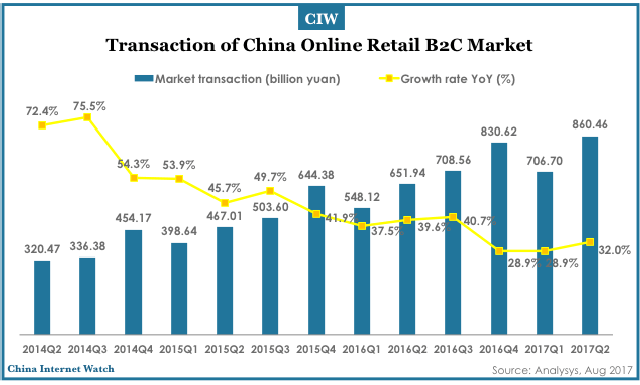![short-term accommodation]()
Short-term accommodation booking platforms, Airbnb and Homeaway, the success of which attracted a lot of attention. In the mean time, you may be wondering how China’s local Airbnbs are doing; this article will give you an overview.
Xiaozhu Short-term Accommodation (xiaozhu.com)
Short-term accommodation appeared long before Airbnb, and China’s “Airbnbs” actually began from online classified information platforms, as mayi.com, muniao.com and etc. Xiaozhu short-term accommodation (Xiaozhu) was the closest in concept and business model with Airbnb. However, the exact clone of Airbnb model may not work well in China as proved; Xiaozhu had to adapt to localize its business.
By accelerating the growth of the supply end, Xiaozhu is devoted to building an orderly platform for C2C (consumer to consumer). As of July 2015, the platform covered more than 200 cities, and the number of accommodations exceeded 50,000 and about 10,000 individual house owners. The number of transactions has increased by four times compared with that in early 2015.
Different from Airbnb, Xiaozhu concentrated more on the business operation than pure platform. Through landlord service training, house keeping and searching for high quality houses, Xiaozhu intends to build a brand and reputation among Chinese users.
Tujia Short-term Accommodation (tujia.com)
Xiaozhu mainly targeted at first-tier and second-tier cities while Tujia mainly at tourism destination cities market, which was similar with HomeAway.
In terms of the business operation model, HomeAway and Tujia are totally different. Tujia cooperated with about 80% of China’s top 100 real estate developers, providing design ideas and solutions of houses to make it more in line with consumes’ expectations. The standardization of new houses could solve the shortage and quantity problems of Tujia.
In addition to renting houses from the developers, from the management point of view, Tujia would also support short-term hotel accommodation by standardized services and a large number of houses. In the future, Tujia would further integrate online and offline resources and transform to a combined model of both B2C and C2C.
Zhubaijia Short-term Accommodation (zhubaijia.com)
Zhubaijia was a special existence in China’s short-term accommodation market. It targeted domestic outbound tourists who would rent houses abroad for a short period, which is different from Xiaozhu and Tujia.
Zhubaijia was originated from the Asian office of Wimdu in October 2012, formerly known as the “European Airbnb”. After Airbnb entering China, it first expanded the needs of Chinese outbound tourists, which was almost coincident with the strategy of Zhubaijia. However, many houses and services from Airbnb couldn’t be guaranteed and suitable for the Chinese, which was just the superiority of Zhubaijia. Zhubaijia had its own set of access and audit standards of houses: the platform would follow the Putonghua proficiency level of landlords, attitude towards Chinese, reception of Chinese tourists, response speed, cleanliness, traffic, facilities and so on to search for good accommodation sources. In addition, Zhubaijia would supply a series of services including consultancy, language services, delivery, dispute resolution and others.
Most short-term platforms including Airbnb generate revenues by charging a commission while Zhubaijia does not charge any from users or landlords. The future business model of Zhubaijia would be to generate revenues through related outbound travel services, and might support personalized services for different users.
With the development of the online travel market and the popurity of the tourism, short-term accommodation would usher in new development opportunities. And to gain profits, China’s short-term accommodation operators must change to meet with China’s unique situation; or they may be out of the market.
Also read: China Travel Market to Reach $617.4B in 2015












































